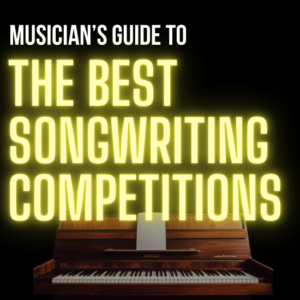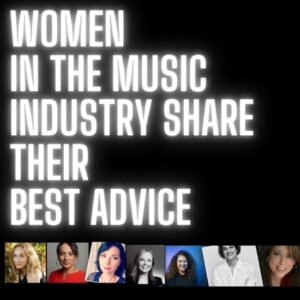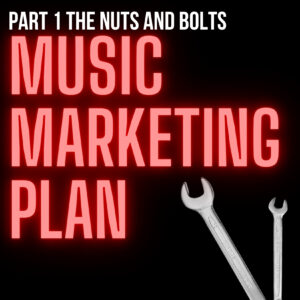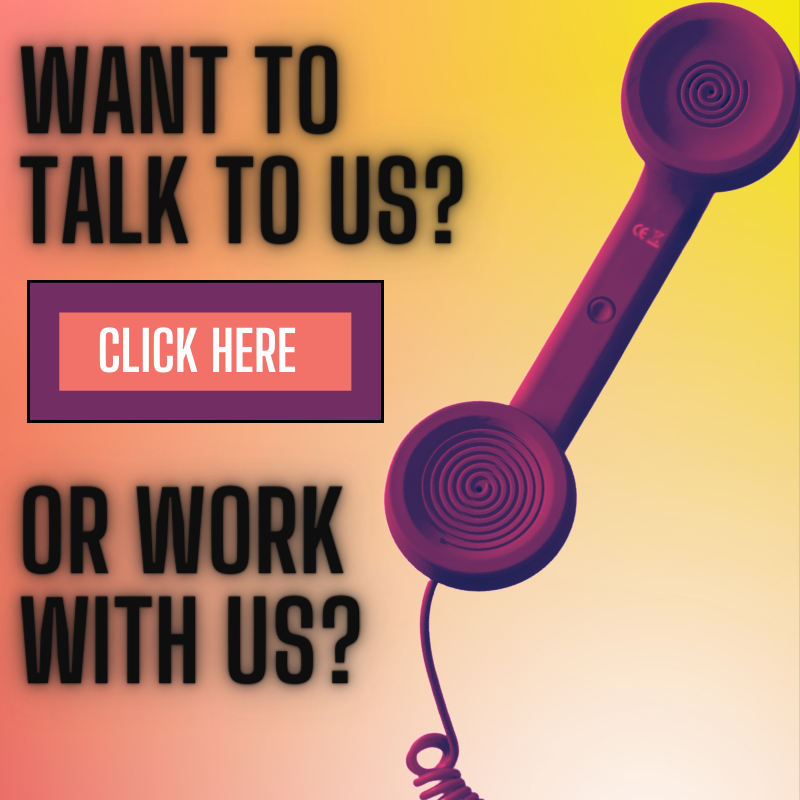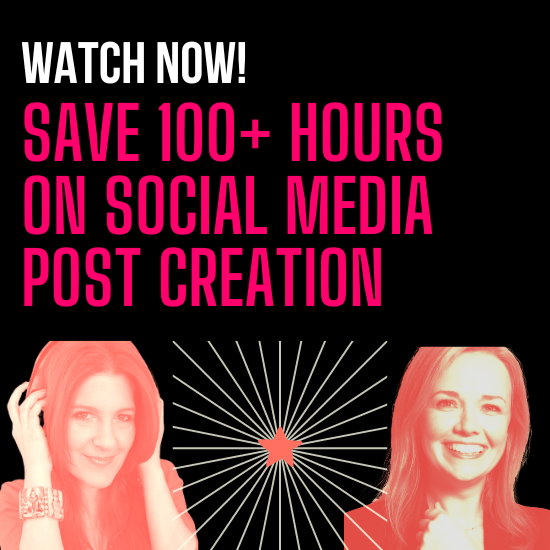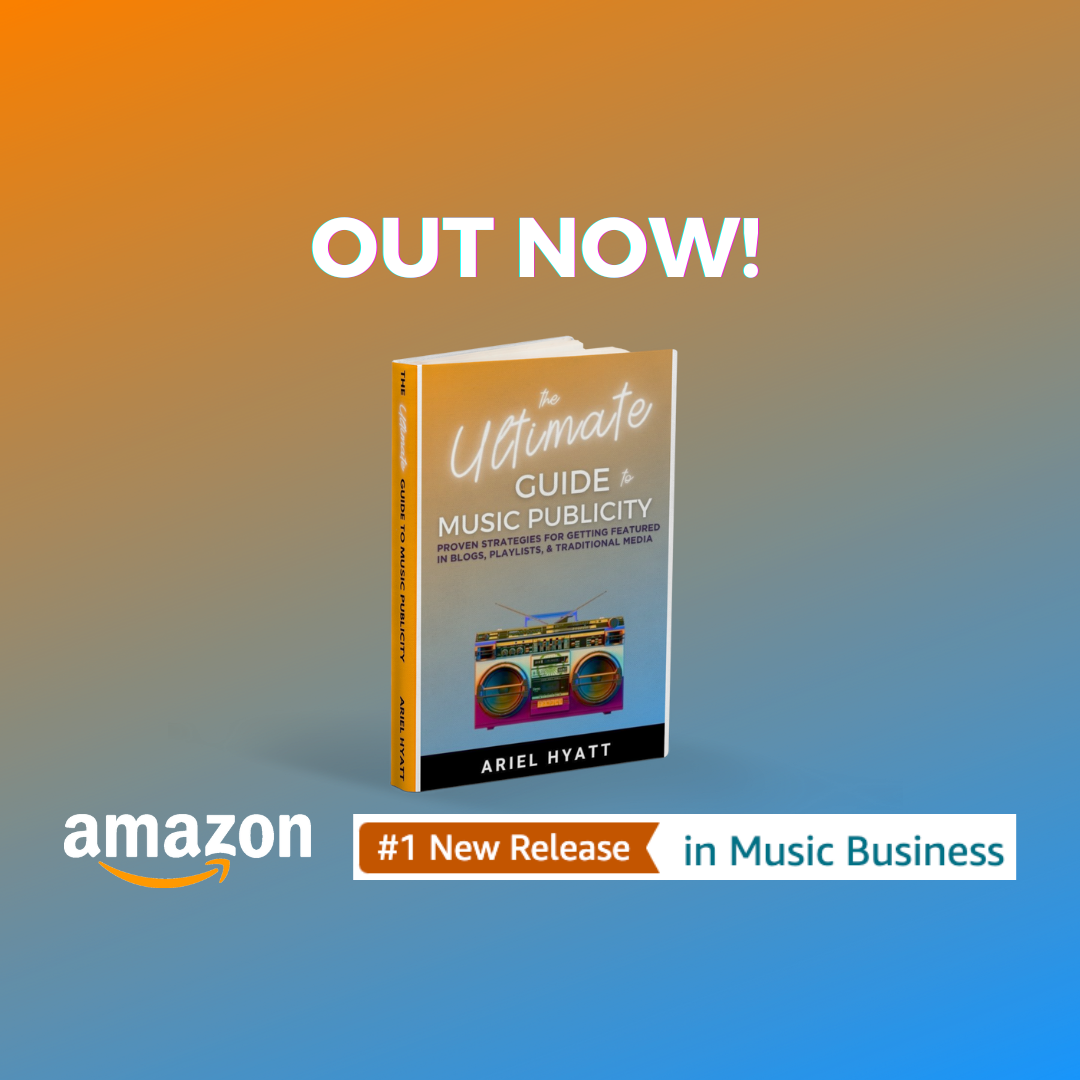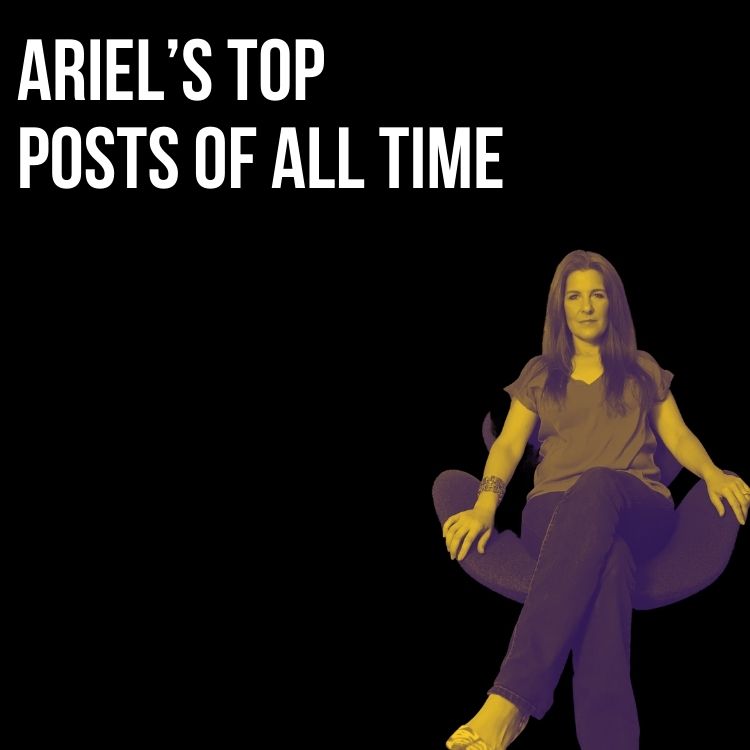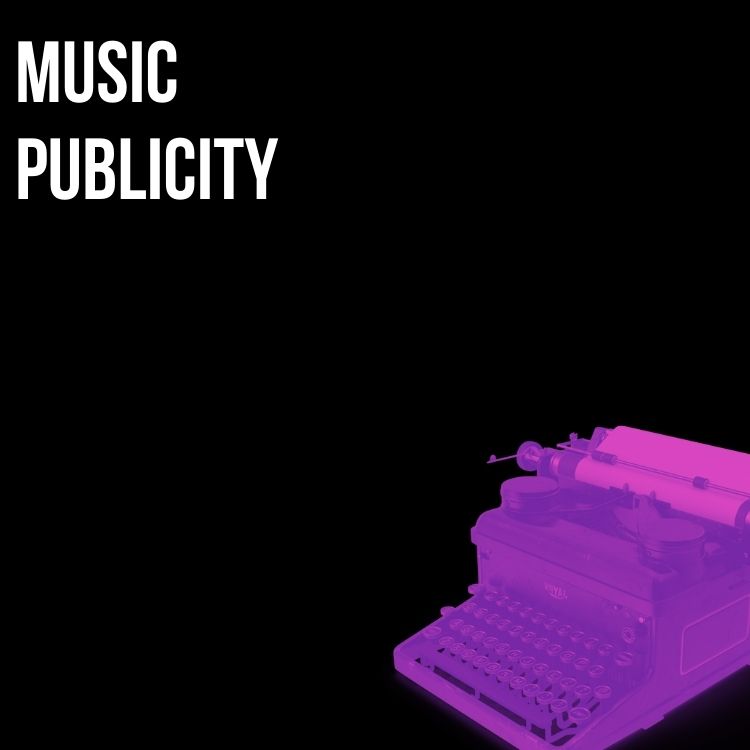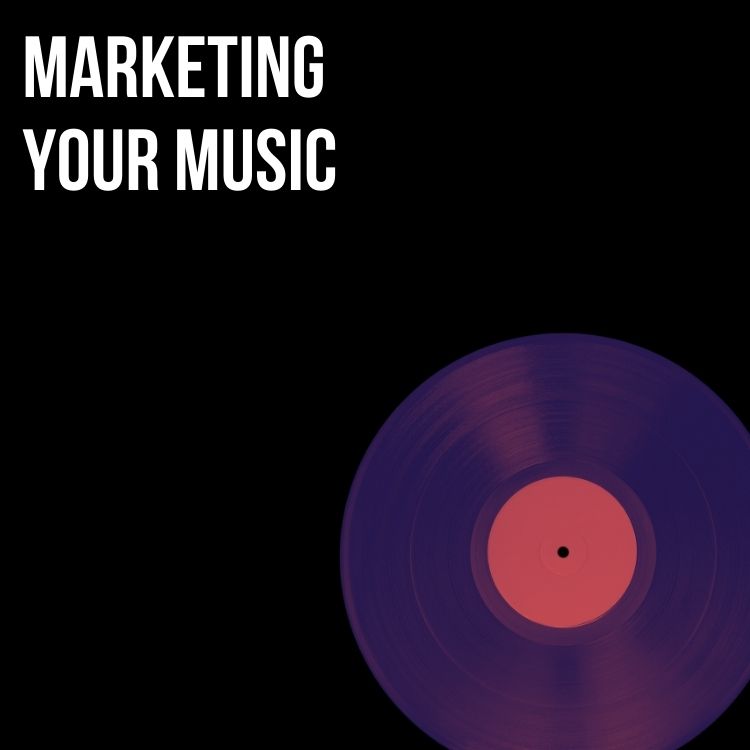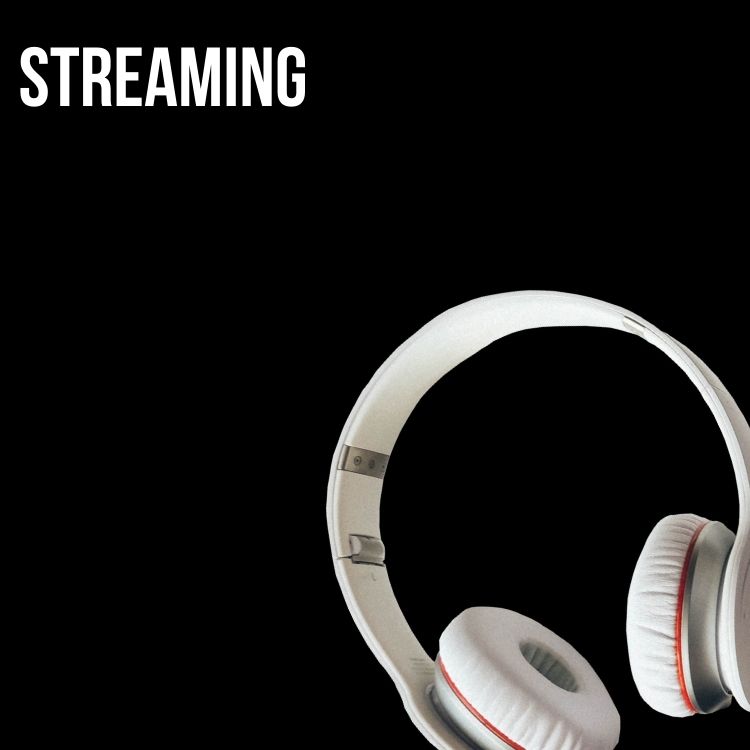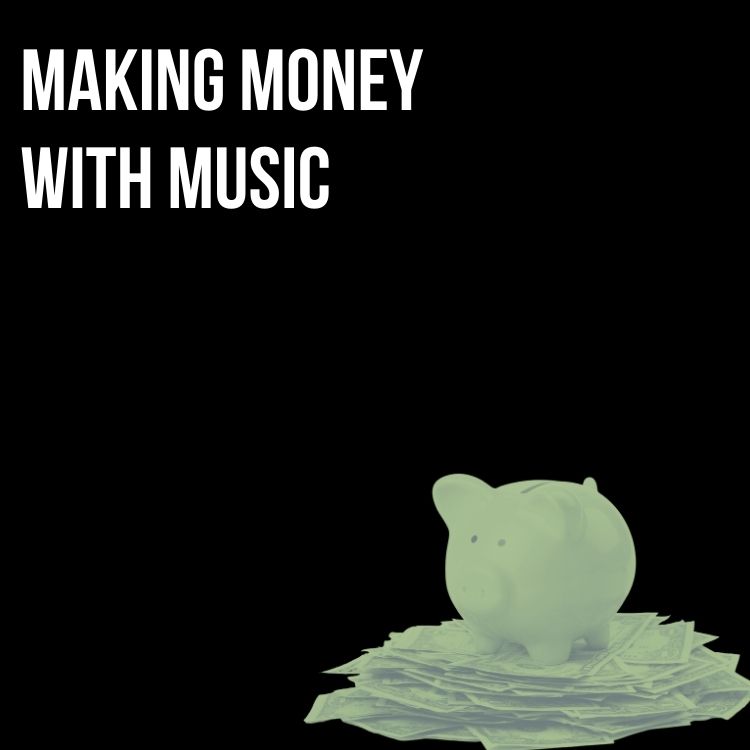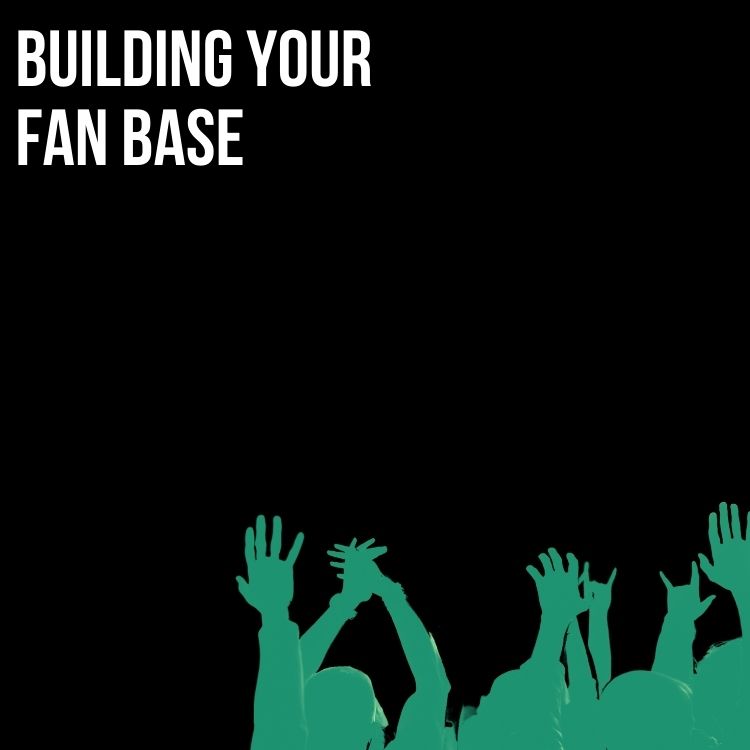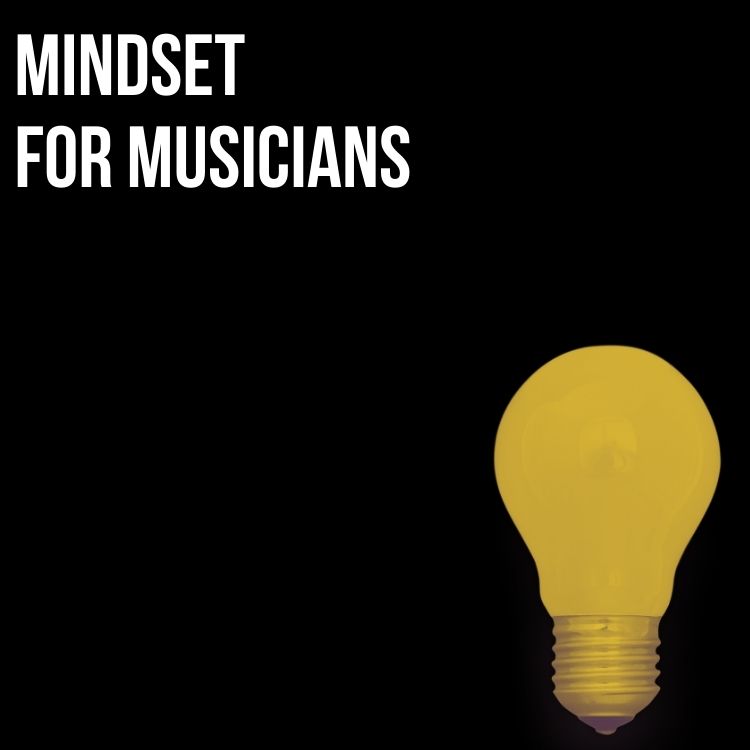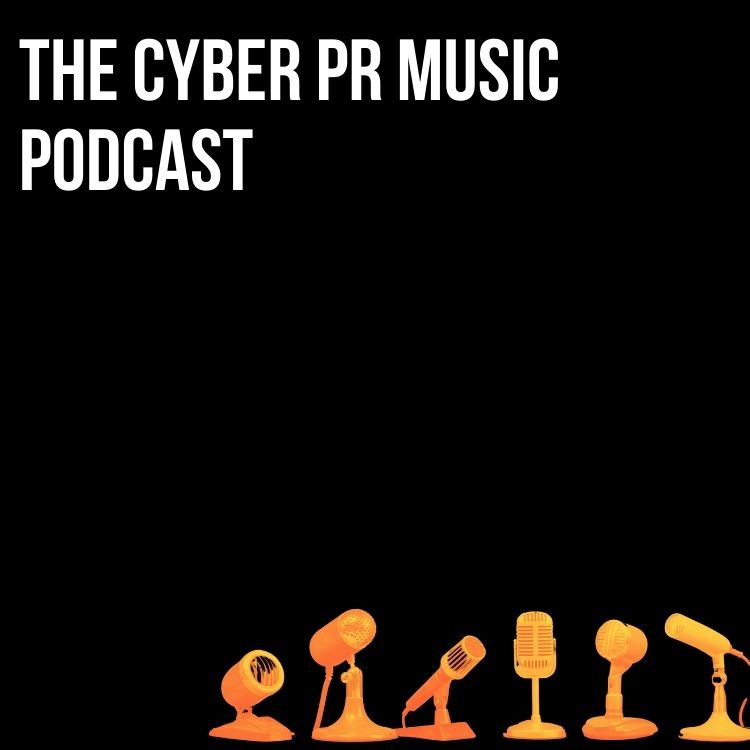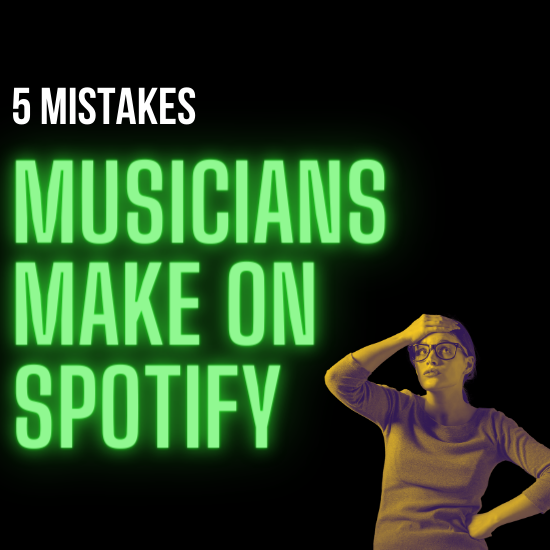
Believe it or not, there was a time when promoting on Spotify wasn’t a thing. There was a good decade or so when blogs reigned supreme, and before that, radio and live shows were the true catalysts for success.
I miss those days. Especially now in light of the new data that was released on Spotify’s Loud and Clear website, which was recently updated
Here are three not-awesome stats that I pulled from Music Ally and one from MBW on that…
15% of tracks uploaded to Spotify generate 95% of its royalties.
80% of their streams are from tracks that are more than five years old.
A quarter of music streams on Spotify last year (25%) were distributed by companies that were unaffiliated with the majors or Merlin. (MBW)
Okay – so the playing field is NOT as even as you thought is it? But that doesn’t stop the deluge of artists reaching for the brass ring when getting plays on Spotify.
It’s become a massive goal among musicians to rack up as many plays as possible. The problem is, most of the time, those plays don’t actually deeply affect your career. They don’t convert into fans (much less fans that will support you through tours, merch, and everything else), and so even when an artist is able to achieve the stream numbers they want, they’re still with about the same amount of fans they had before.
All of this to say, Spotify is a piece of the puzzle when it comes to your promotions strategy, but it isn’t the whole thing. In fact, a lot of times, I see musicians making the same mistakes over and over. After years of working with our artists on strategic press and marketing plans that include some Spotify playlisting, here are the 5 mistakes I see the most —and how to fix them.
Paying for What You Think Are Real Plays (But They Turn Out to be FAKE)
This happens so much more than you might think. Unfortunately, it’s not uncommon that I see artists hiring companies that boast real plays on their playlists, only to find out that they’re actually fake. The worst part is this can even come from otherwise reputable companies that have great reviews. Meaning you can go into it with the best of intentions and have done all your research and still get baited into paying for fake services.
Our suggestion for fixing this: Continue to do your research and look for recent reviews and first-hand accounts. Sometimes companies will change tactics over time, but if you can find some examples of clients having successfully used their service in the last few months, that’s a good sign that what they’re doing is legit.
They Get Added to Bot-Driven Playlists – and Can’t Get Removed Easily
I knew an artist who worked with a company that had promised her actual plays and non-botted playlists, only to then get added to exactly those. While the company ended up swearing up and down they weren’t fake, the evidence was pretty clear, and she understandably began to freak out about the consequences. You’ve heard the stories—Spotify punishing artists for unknowingly being added to these playlists by kicking them off the platform and erasing their music. This is not a good look.
The good news is that’s not likely to happen to you. But that doesn’t mean you shouldn’t be careful. Getting removed from playlists that are bot-driven can be a nightmare. Even if you can find the curator’s contact information (and that’s a big if), you’re unlikely to hear back from them. It took my artist months to get her Spotify cleaned up, and she was lucky. So, while it might feel tempting to just go for it and hope Spotify doesn’t notice, it’s not worth it especially when you consider those plays aren’t real fans and won’t yield any true results.
They Spend Too Much Time and Energy on Pre-Save Campaigns
There was a time when pre-save campaigns were *it* for musicians. If you could get fans to pre-save and listen on release day, it felt like your odds of being added to a playlist were much higher. While there’s some truth to that, the volume you have to hit for the Spotify algorithm to take notice is much higher than one might hope, and for the most part, while pre-save campaigns are great, they’re not the only thing you should be focused on.
There’s a tendency to focus all your energy on getting people to pre-save, but if the people doing that aren’t actually regular Spotify users who will then listen to your song when it drops (and many, many times after), then it doesn’t really make sense.
Think about it: How many hours during a pre-release campaign are you spending pushing pre-save? Are the results worth it? Instead, spend some of that time getting press or building your email list.
Plays might initially feel more exciting, but —having strong quotes to add to your EPK or more real fans coming out to your shows go a long way when looking to achieve other goals like booking shows or signing to a label.
They Have No Strategy for Fan Retention
Speaking of strategy, getting your stream count up on Spotify is not a good release strategy—at least, not by itself.
Often, I find artists pouring all their energy into building up a presence on Spotify and getting on as many playlists as possible, but there’s no plan beyond that. Even if they get on a ton of playlists (which, by now, you know is a little trickier than it seems), then what? How do you reach your actual fans to tell them about a new song?
If all you have are 10,000 streams on a song and nothing to do with the people WHO streamed it,, then what’s the end goal? Who’s supporting you at that point?
You must have a strategy that goes well beyond Spotify. At least currently, Spotify doesn’t offer a way to see who your fans are or interact with them. They may listen to your song, but you have absolutely no idea who they are or any way to cultivate the relationship after that.
They Focus on Spotify and Nothing Else
Again, Spotify plays a valuable role in strategic press and marketing campaigns. But focusing only on streams is to ignore the basics of what makes you as an artist successful: your fans, your community, and your ability to show your personality and connect with others.
The reason Spotify works so well for established artists is because we already know we love their music and love their song, and so we want to hear it a million times (remember, 80% of all songs played are more than 5+ years old) . If I’m just getting to know an artist, I need to fall in love with them before I can really fall in love with their song. That means seeing their personality (which Spotify can’t deeply provide), feeling part of their community (which Spotify doesn’t currently provide at all), and having a way to feel a part of the process (Sorry, Spotify doesn’t provide this either.)
Final Thoughts
Does this mean Spotify shouldn’t be part of your promotion strategy? Absolutely not. It’s here to stay and will always be a piece of the marketing puzzle. There’s a way to use it so that it becomes a strong aid rather than the whole kit and kaboodle.
And honestly? You might like it better that way. After all, interacting with fans isn’t just how you’ll grow a stronger music career, it’s what makes this whole thing palpable and dare I say fun. Seeing the impact you’ve had on someone’s life most probably come from Spotify alone. Hearing it through a story they tell you or a comment they leave. For now, that means stepping away from Spotify so you can truly connect with your fans. Don’t worry, when they feel that connection and want to listen to your song, they’ll still head to Spotify to stream it or share it with a friend. That connection starts away from Spotify—but it can still end up creating the meaningful streams you’re after.
Speaking of comments they leave – download this to find out the best times to make those comments HAPPEN.
Need help with your posting strategy? Download our Best Times to Post so you can stay up to speed with your fanbase’s social media habits.
Subscribe for more!
Back to The Blog


